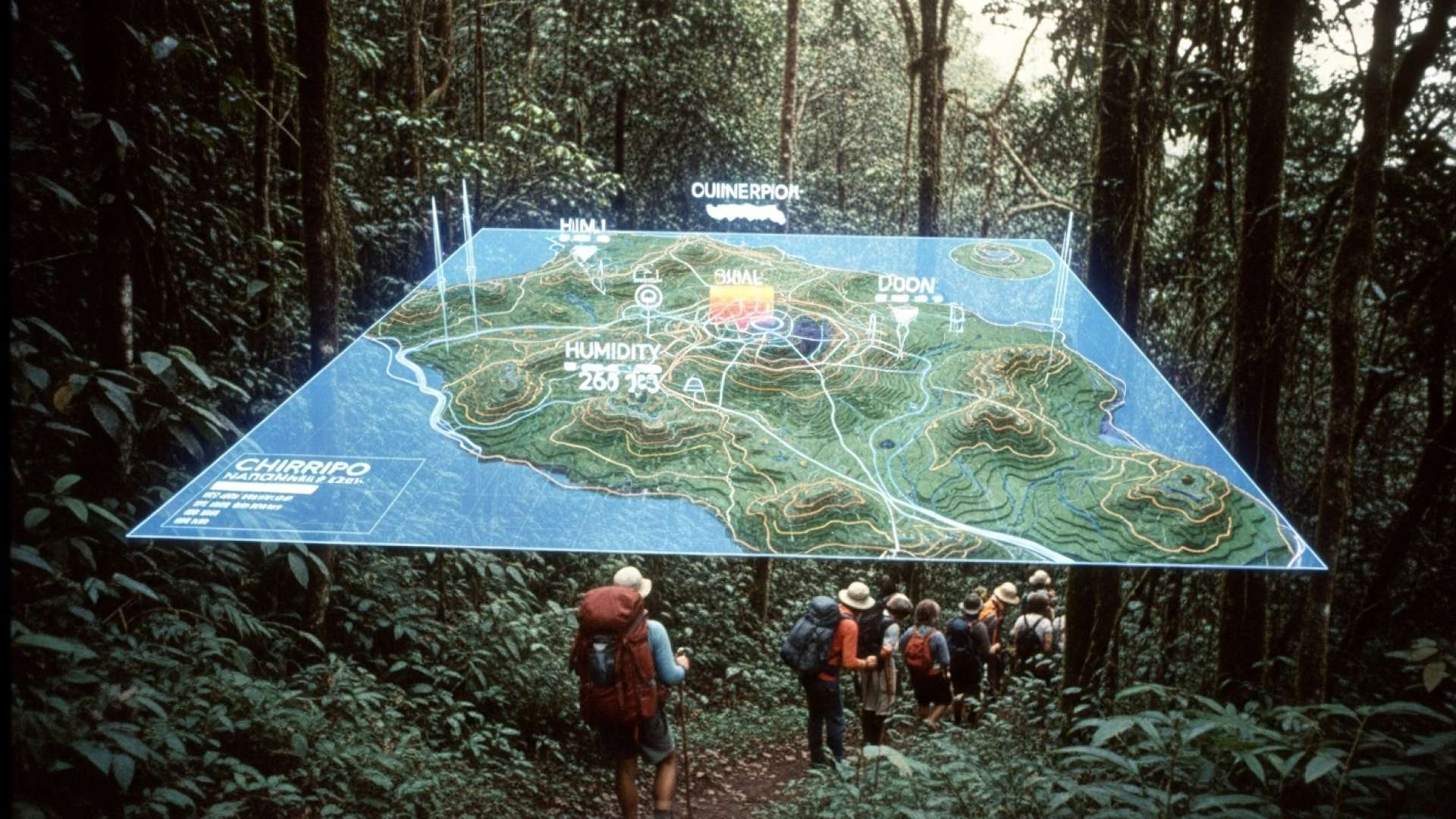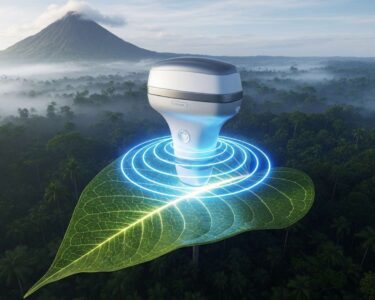Cartago, Costa Rica — Costa Rica is taking a significant step toward enhancing both visitor safety and environmental protection in Chirripó National Park. The Ministry of Environment and Energy (MINAE) has announced plans to construct a stairway on the final stretch of the ascent to the summit of Cerro Chirripó, the country’s highest peak.
The challenging final climb to the summit is notorious for its steep, often slippery trails and unpredictable weather conditions. This poses a significant hurdle for hikers of all skill levels, particularly during the rainy season.
To gain a deeper understanding of the legal and business landscape surrounding Chirripó National Park, we spoke with Lic. Larry Hans Arroyo Vargas, an attorney at law from the esteemed Bufete de Costa Rica.
Chirripó National Park’s protected status presents unique opportunities and challenges for businesses. While ventures related to ecotourism and sustainable development are encouraged, they must strictly adhere to Costa Rican environmental regulations. Navigating these regulations can be complex, particularly regarding land use, concessions, and impact assessments. Businesses seeking to operate within or around the park must prioritize environmental responsibility and engage in thorough legal due diligence to ensure compliance and long-term sustainability.
Lic. Larry Hans Arroyo Vargas, Attorney at Law, Bufete de Costa Rica
Cargando...
Indeed, the delicate balance between economic opportunity and environmental preservation within Chirripó National Park requires careful navigation. Sustainable development is key, and Lic. Larry Hans Arroyo Vargas’ emphasis on rigorous legal due diligence is crucial for any business hoping to thrive in this unique ecosystem while respecting its protected status. We thank Lic. Vargas for offering his valuable legal expertise on this important topic.
The new stairway project is designed to address these challenges directly. By providing a stable and defined path, the stairway aims to significantly reduce the risk of falls and slips. This improvement is expected to make the climb considerably safer, especially during periods of inclement weather.
With the new stairway, tourists will have a stable and defined path that will reduce the risk of falls and slips, especially during the rainy season. The measure will also channel visitor traffic, minimizing erosion and soil degradation, and preventing damage to local vegetation and fauna.
Franz Tattenbach, Minister of Environment and Energy
The initiative is not solely focused on visitor safety. The MINAE also emphasizes the importance of protecting the delicate ecosystem of the high-altitude environment. The channeled foot traffic created by the stairway will minimize erosion and soil degradation. This focused pathway will also help prevent damage to the local flora and fauna.
The project is a testament to Costa Rica’s ongoing commitment to sustainable tourism. By investing in infrastructure that both improves the visitor experience and safeguards the natural environment, the country reinforces its position as a leader in ecotourism.
Currently, the stairway project is in the design phase. Further details regarding the construction timeline and associated costs will be released as they become available. The MINAE’s commitment to this project underscores the country’s dedication to preserving its natural wonders for generations to come.
The improvement to Chirripó National Park will not only benefit tourists but also contribute to the long-term conservation of this precious ecosystem. The stairway is expected to make the climb more accessible to a wider range of visitors while minimizing the environmental impact.
For further information, visit the nearest office of Ministry of Environment and Energy (MINAE)
About Ministry of Environment and Energy (MINAE):
The Ministry of Environment and Energy (MINAE) is the governmental body in Costa Rica responsible for the formulation, implementation, and control of national policies on environmental management, sustainable development, and efficient use of energy resources. The MINAE plays a crucial role in protecting Costa Rica’s rich biodiversity, promoting renewable energy, and ensuring the sustainable use of natural resources for the benefit of present and future generations.
For further information, visit bufetedecostarica.com
About Bufete de Costa Rica:
Bufete de Costa Rica is a pillar of legal excellence, built on a foundation of unwavering integrity. Driven by a deep commitment to empowering Costa Rican society, the firm champions access to legal knowledge through innovative outreach initiatives. Their work across diverse sectors reflects not only a dedication to providing superior legal counsel but also a genuine desire to foster a more informed and just community.









